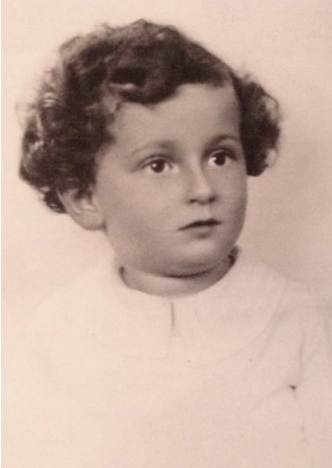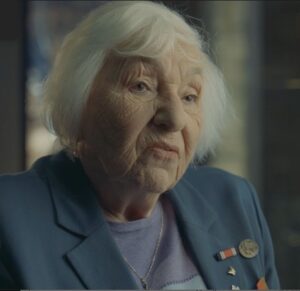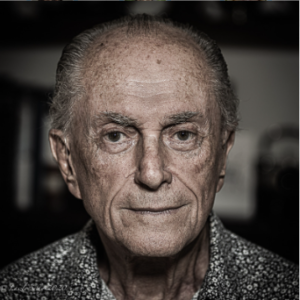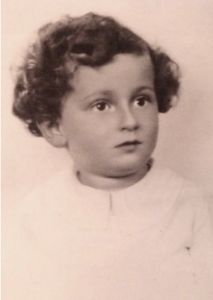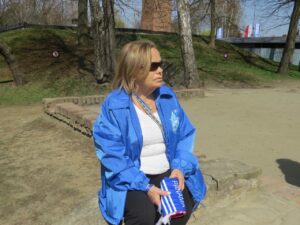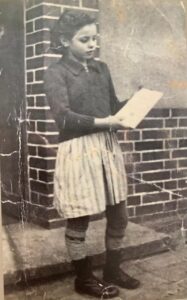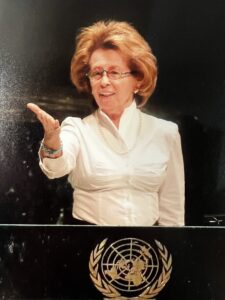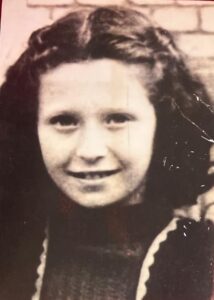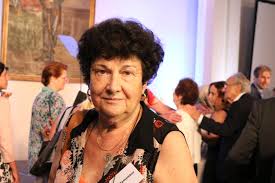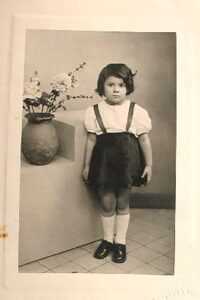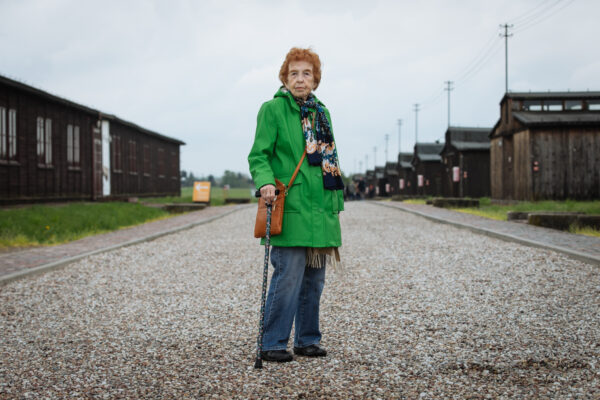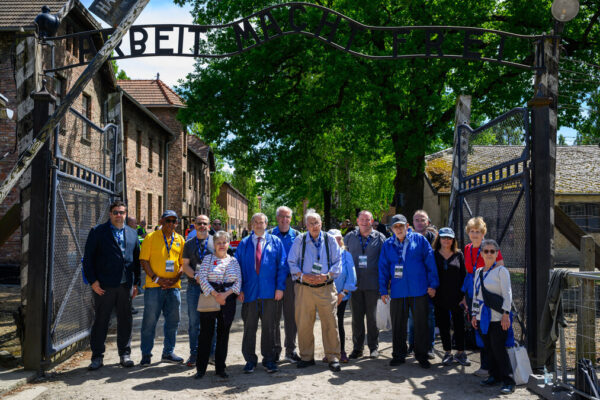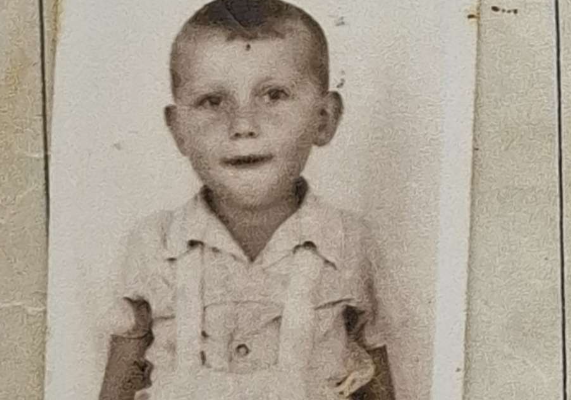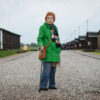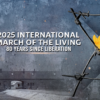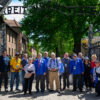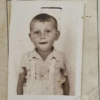Survivors of the Warsaw Ghetto from across the globe will meet at the 2025 March of the Living to honor those lost and share their stories of survival.
Warsaw, a city steeped in history, stands as a silent witness to one of humanity’s darkest chapters. Its cobblestone streets whisper of suffering, tales that continue to echo in the hearts of those who survived the horrors of the Warsaw Ghetto. This is the story of several individuals whose lives intersected within the ghetto’s confines, each carrying a unique testament to the resilience of the human spirit.
Among them is Aliza Vitis Shomron, a young girl who joined the underground resistance and risked her life in the struggle against the Nazis. Aliza’s childhood in Warsaw was unremarkable until the war forced her family into the dire conditions of the Warsaw Ghetto. In February 1941, at the age of 13, Aliza joined the “Shomer Hatzair” and became involved in the underground movement led by Mordechai Anielewicz, the commander of the Warsaw Ghetto Uprising . She risked her life by helping children smuggle food into the ghetto and delivering weapon parts to fighters. When the uprising broke out in April 1943, Aliza, only 15, was not allowed to fight. Members of the underground smuggled her out of the ghetto so she could tell the story of their heroism. Her father was unable to escape and perished in Majdanek. Aliza was captured and sent to the Bergen-Belsen concentration camp.
“Marching in the March of the Living is the fulfillment of the will of my fallen comrades, members of the Jewish Fighting Organization in the Warsaw Ghetto, to survive and tell the story of their heroism.” Aliza, who lives in Israel, will be marching with four generations of her family: “The ability to march with pride alongside my children, grandchildren, and great-grandchildren fills me with immense joy. Together, we have proven to the world—and to the Germans—that we survived the inferno, the machinery of death, and we succeeded in building a thriving family and a proud State of Israel.”
Allan Hall (90), a young boy who, with his family, sought refuge in the Warsaw Ghetto as the Nazi war machine advanced, recalls the constant struggle for survival and the ever-present threat of deportation. Allan’s journey through the ghetto reflects the desperation and the lengths to which families were forced to undergo in the face of Nazi persecution. During the 1944 Warsaw Uprising, the family crawled under sniper fire to a bomb shelter where Allan’s mother gave birth to a baby boy, Andrew.
Mania Hudy (91), born in 1933 in Warsaw, endured the brutal realities of the ghetto. “In December 1940, we were forced into the Warsaw Ghetto, where hunger, disease, and death surrounded us.” Mania, endowed with an Aryan appearance, risked her life daily to smuggle food and essential supplies, providing sustenance to her family and others. Mania’s story is a powerful reminder of the extraordinary acts of bravery that emerged from the ghetto’s depths.
Irene Shashar, born in 1937 as Ruth Lewkowicz, was just two years old when the Germans occupied Poland. Her father was murdered before her eyes in the ghetto. Later, her mother smuggled them out through the sewers, leaving the yellow star behind. Irene’s doll, Laliczka, stayed with her. “I survived the war hiding with my doll in a closet in a Christian home. I kept asking her, ‘Why am I being punished?’” Irene, who will participate in the March of the Living for the first time, says, “It is important for me to march in memory of the children who were taken to the camps to be burned. I often ask myself, why did I survive? Did I take the place of another child? I will walk this path as that child once did. The child who was burned in Auschwitz—she will be with me as I march there. I will show the world that I am alive. That is my victory, the victory of a survivor.”
Rosa Rotenberg (83) has a connection to the ghetto marked by separation and loss. As an infant, her parents made the heart-wrenching decision to smuggle her out, hoping to save her from certain death. Rosa’s experience underscores the agonizing choices faced by parents in the ghetto, forced to sacrifice everything for a sliver of hope.
Next month, on Yom HaShoah, at the International March of the Living, Mania (Panama/Canada), Allan (United States), Aliza and Irene (Israel), and Rosa (Argentina) will meet in Poland, where many of them will lead the march alongside Holocaust survivors from around the world. Together, they will walk the path of remembrance, passing the torch of memory to the next generation, ensuring that the stories of the Warsaw Ghetto are never forgotten. Their collective voice will echo through Auschwitz-Birkenau: “We were here, we survived, and we will never let the world forget.”
